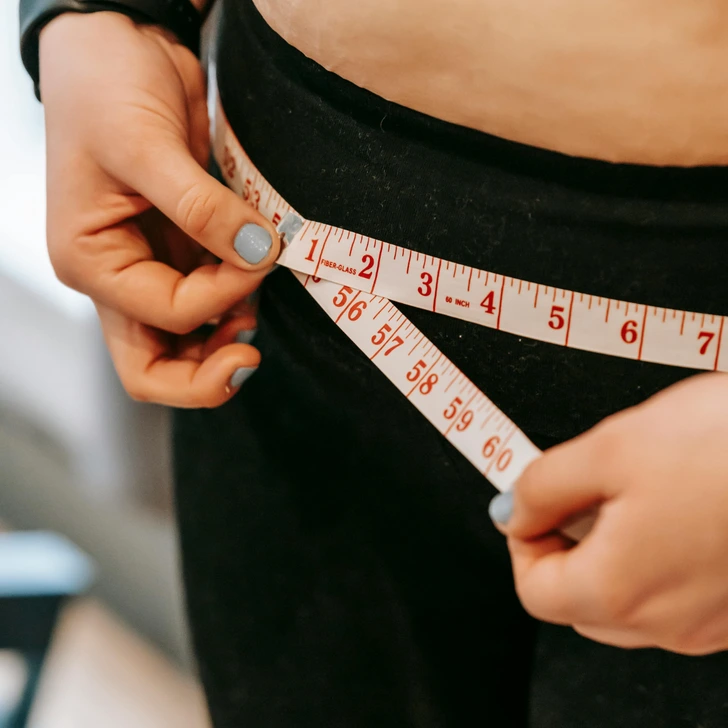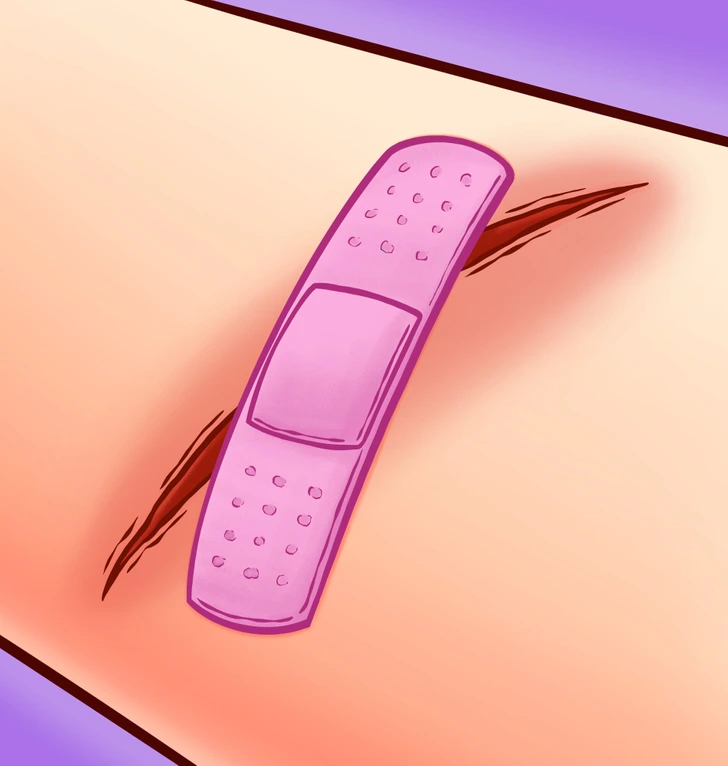
Diabetes often develops gradually, with subtle symptoms that may go unnoticed in the early stages.
Many people dismiss these signs, unaware they could indicate a serious health issue. Early recognition is key for timely diagnosis and better management. Below are 9 common signs of diabetes that you shouldn’t ignore—if any sound familiar, it’s worth speaking to a healthcare professional.
This content is for informational purposes only and is not a substitute for professional medical advice. Always consult your doctor about health concerns.
1. Constant fatigue
Feeling unusually tired despite resting well may be linked to unstable blood sugar levels. When insulin isn’t working properly, your body can’t effectively convert glucose into energy, leading to both physical and mental exhaustion. If fatigue lingers without an obvious cause, it’s worth checking in with your doctor.
2. Increased hunger and unexplained weight loss
Sudden weight loss paired with a bigger appetite could signal diabetes. The body starts breaking down muscle and fat for energy when it can’t absorb glucose efficiently. This imbalance can result in noticeable weight loss, even without changes in diet or exercise.

3. Blurred vision
High blood sugar levels can cause the lens of the eye to swell, leading to temporary vision issues. While it may seem minor at first, blurred vision can be an early indicator of blood sugar dysregulation and may worsen over time if left unchecked.
4. Darkened patches of skin
Velvety, darker areas—often appearing on the neck, armpits, or groin—may be a sign of insulin resistance. Known as acanthosis nigricans, this condition is commonly associated with prediabetes and warrants a closer look from a healthcare provider or dermatologist.
5. Sudden skin bumps
Unexplained yellowish bumps, especially on the thighs, elbows, or buttocks, could be linked to high triglycerides and undiagnosed diabetes. This condition, called eruptive xanthomatosis, often comes with itchiness or tenderness and is worth discussing with a doctor.
6. Excessive thirst and frequent urination
One of the most recognizable signs, this cycle begins when the kidneys work harder to remove excess sugar, causing increased urination. The fluid loss leads to dehydration and triggers extreme thirst—both of which may signal high blood sugar levels.

7. Persistent itching and tingling
Though less common, tingling or itching in the hands, feet, or limbs can suggest nerve damage from elevated blood sugar. This condition, diabetic neuropathy, may present early with odd sensations or discomfort and should not be ignored.
8. Numbness in extremities
A “pins and needles” feeling, especially in the hands or feet, may develop over time as high blood sugar damages nerves. This symptom can be mild at first but may lead to more serious complications if untreated.
9. Slow-healing wounds
If minor cuts and scrapes are taking longer than usual to heal, it might be due to poor circulation and a weakened immune response caused by high blood sugar. This delayed recovery can also increase the risk of infections.

Final thoughts
A simple blood test can help determine if you’re at risk for prediabetes or type 2 diabetes. Early testing and diagnosis are crucial, so talk to your doctor if you notice any of these symptoms. While this article offers helpful information, always seek professional medical advice. For more wellness tips, check out our other health-related articles.

